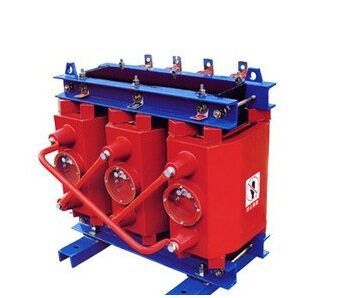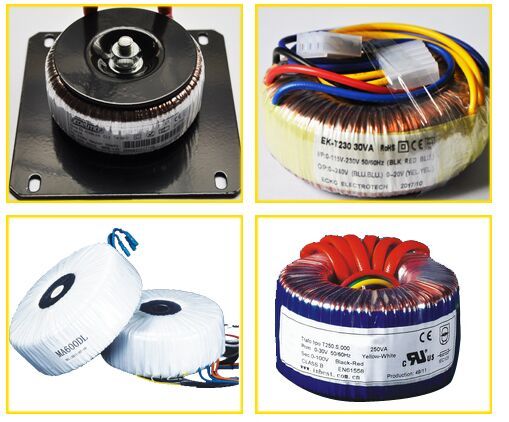Choosing the correct transformer is simple. Review the notes below to determine which application is best for you. Start by starting with the input voltage of the transformer and choose a transformer that can operate at the power supply voltage available to your facility. To ensure compatibility, please check the wiring diagram by clicking on the part number and viewing its product page. The second is the frequency. All transformers in this section are rated at 50 and 60 Hz for worldwide use.

three phase ei laminated power transformer
Then the next thing to look at is the winding. The cost of the copper winding model is higher than the cost of the equivalent aluminum winding model. The main advantage of copper is its excellent corrosion resistance. Copper-wound transformers are usually used in corrosive or high humidity environments, and the cost is not a major factor.
The last thing to look at is the kVA or Amp output. Choose a transformer with kVA according to your load requirements. The size can be increased significantly, but for the load, never reduce the size. For the motor load, do not exceed 60% of the maximum capacity of the transformer, because the motor's starting requirements are significantly higher than its operating requirements.
Three-phase variable transformers are essential for manufacturers and end-users. Electrical tests for transformers and motors include ratio, winding resistance, tap changer, excitation current, short-circuit impedance, and other tests.

The three-phase variable transformer allows you to monitor the performance of the transformer or motor and immediately resolve any necessary maintenance, thus saving time and money that could otherwise be spent on expensive and laborious repairs or replacements. Advanced test equipment rental provides variable transformer and motor testers, enabling you to monitor the operating conditions of the transformer and perform AC and DC motor tests. Verify the correct voltage output of the three-phase transformer and motor, and prevent corrosion and breakdown.
The purpose of this controllable transformer is to compensate for fluctuations in the output voltage of the power transformer caused by load changes. It can be achieved by modifying the voltage transformation ratio on the over-voltage side. This component can be used as a step-up or step-down transformer.